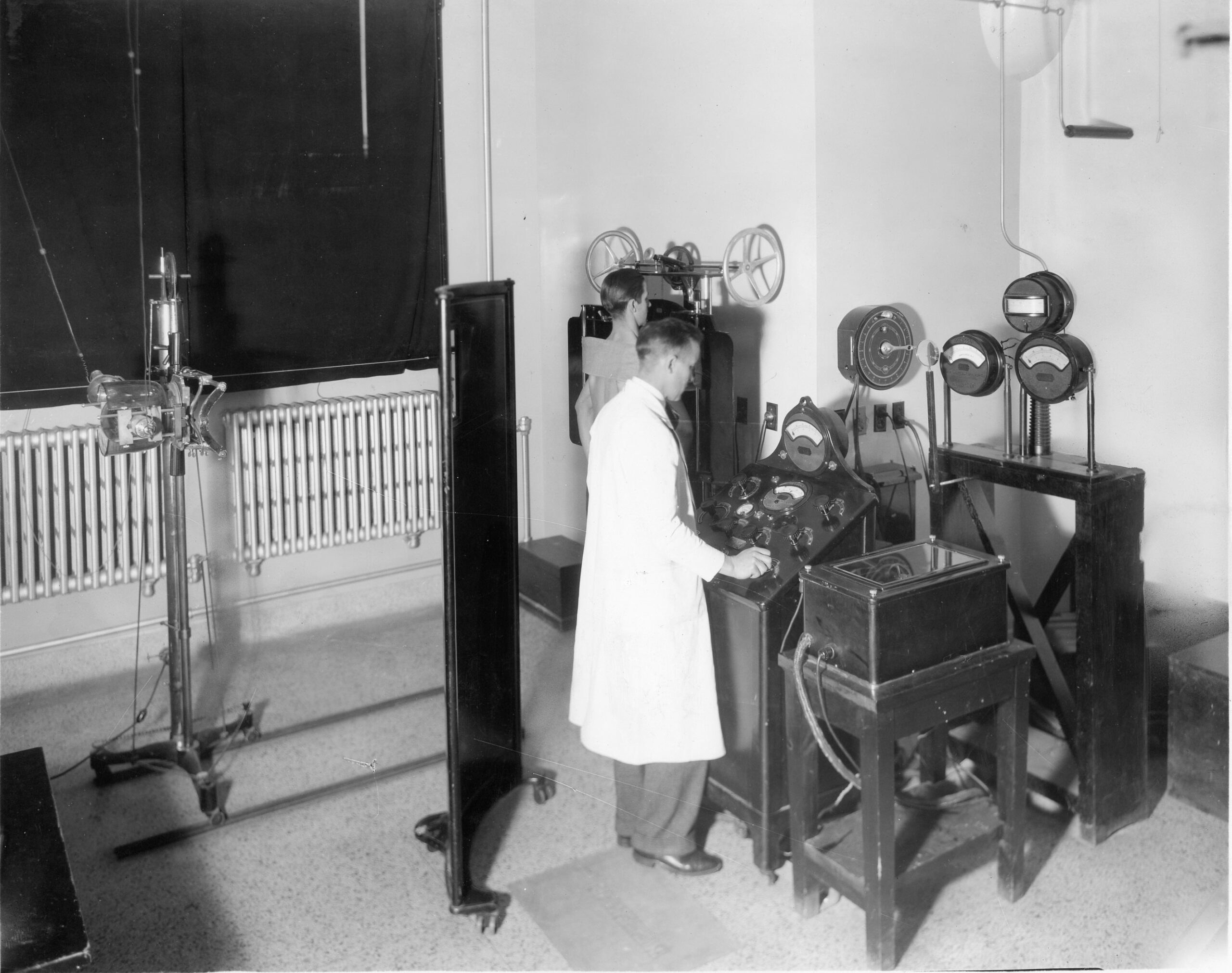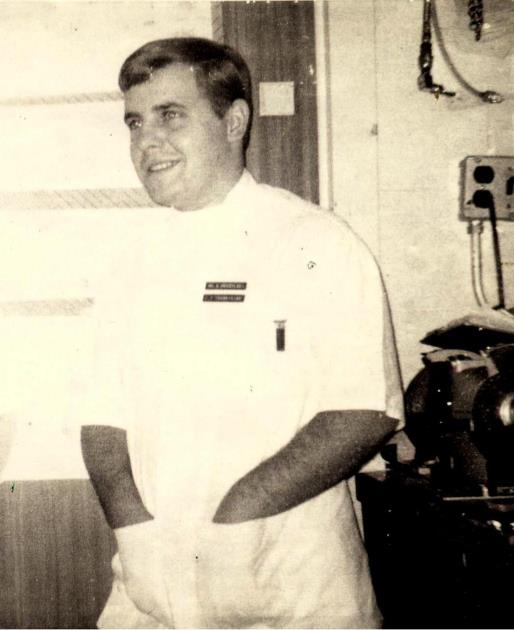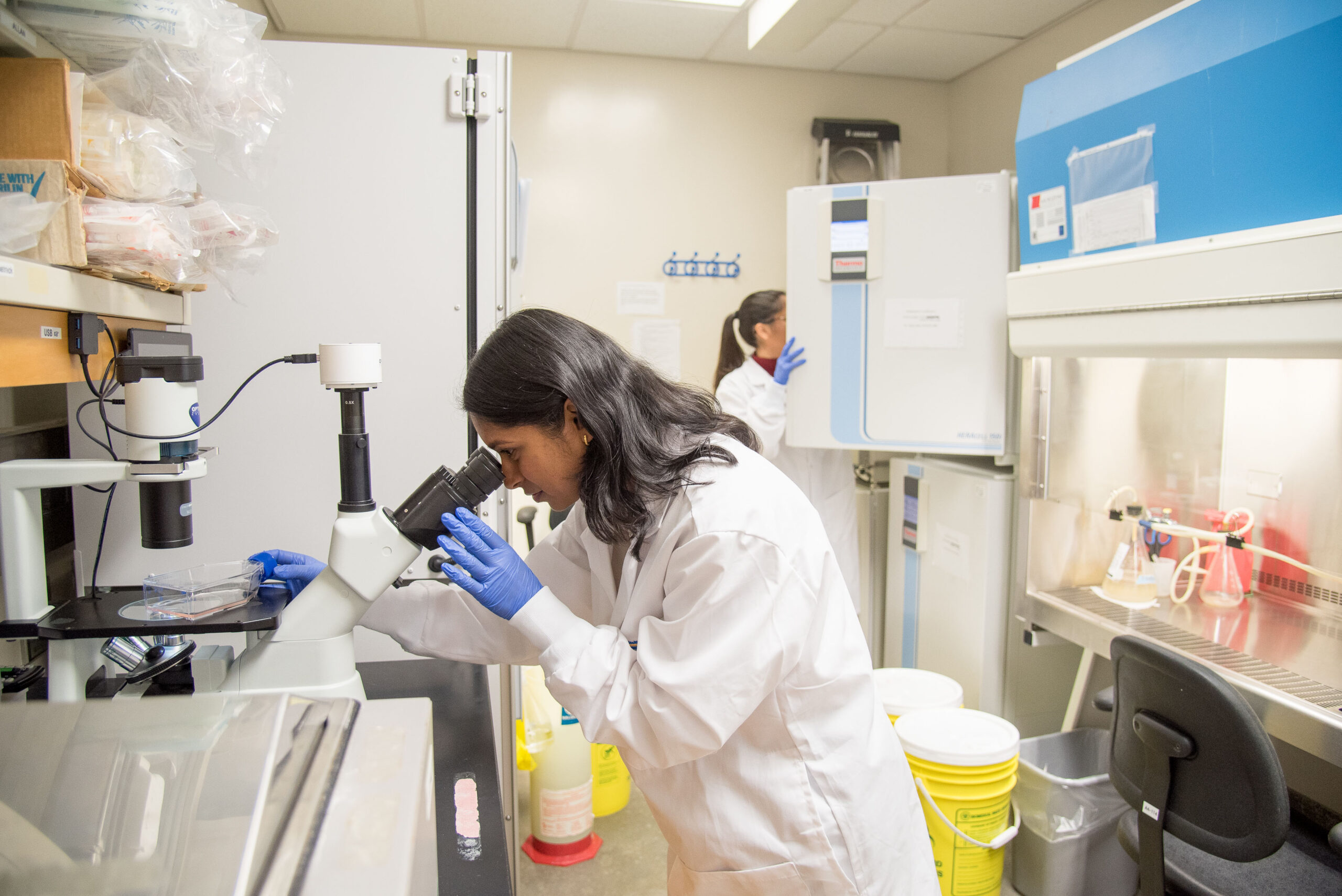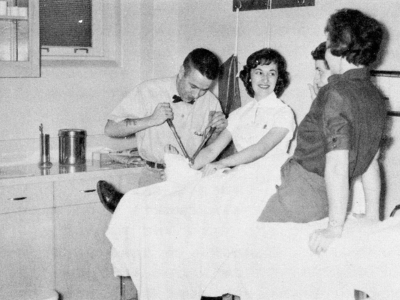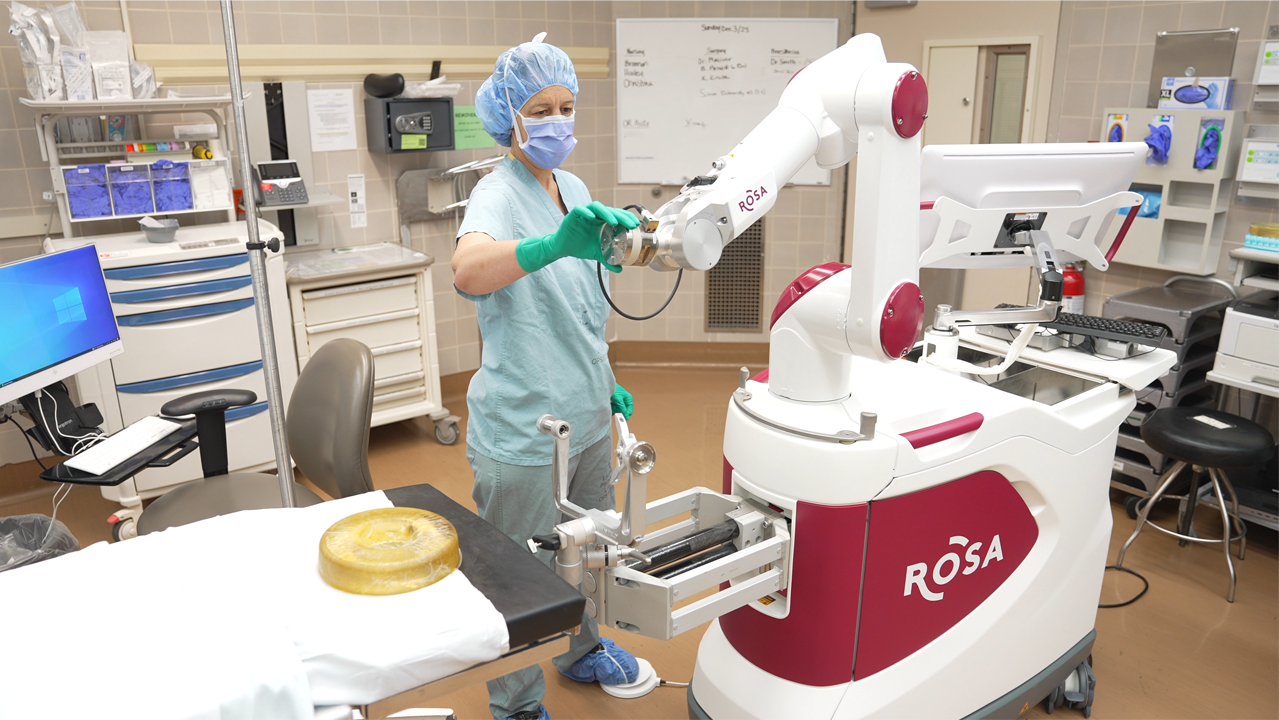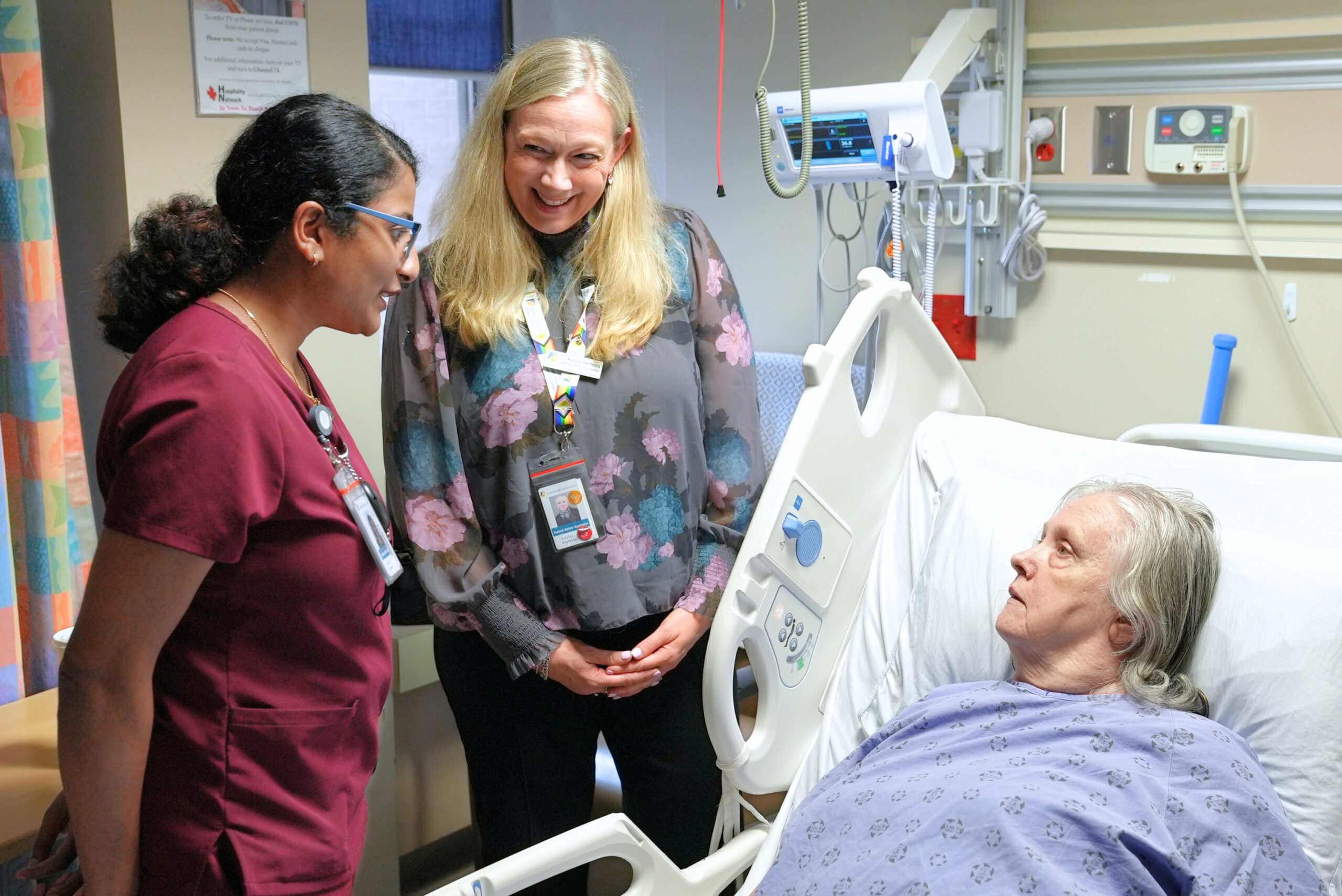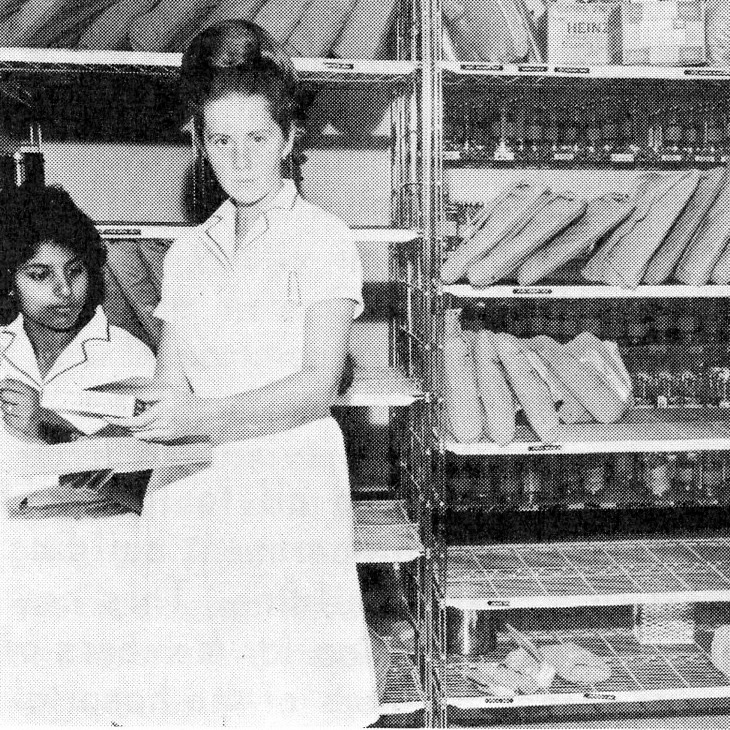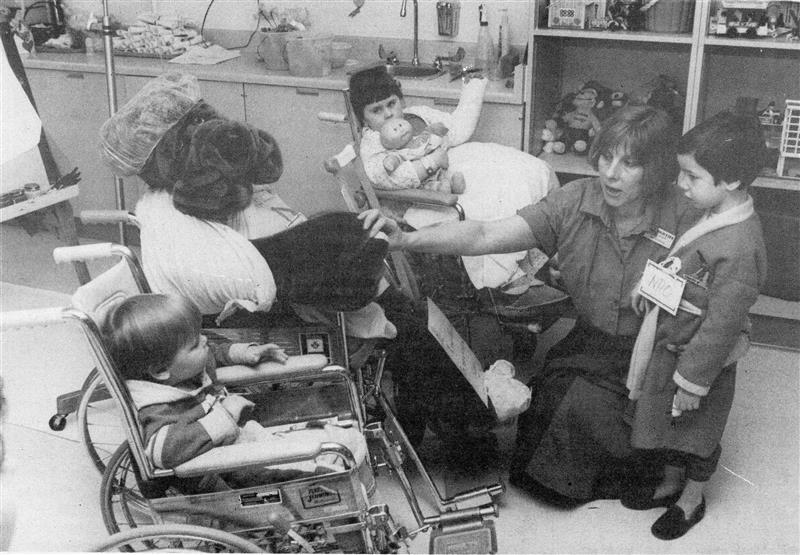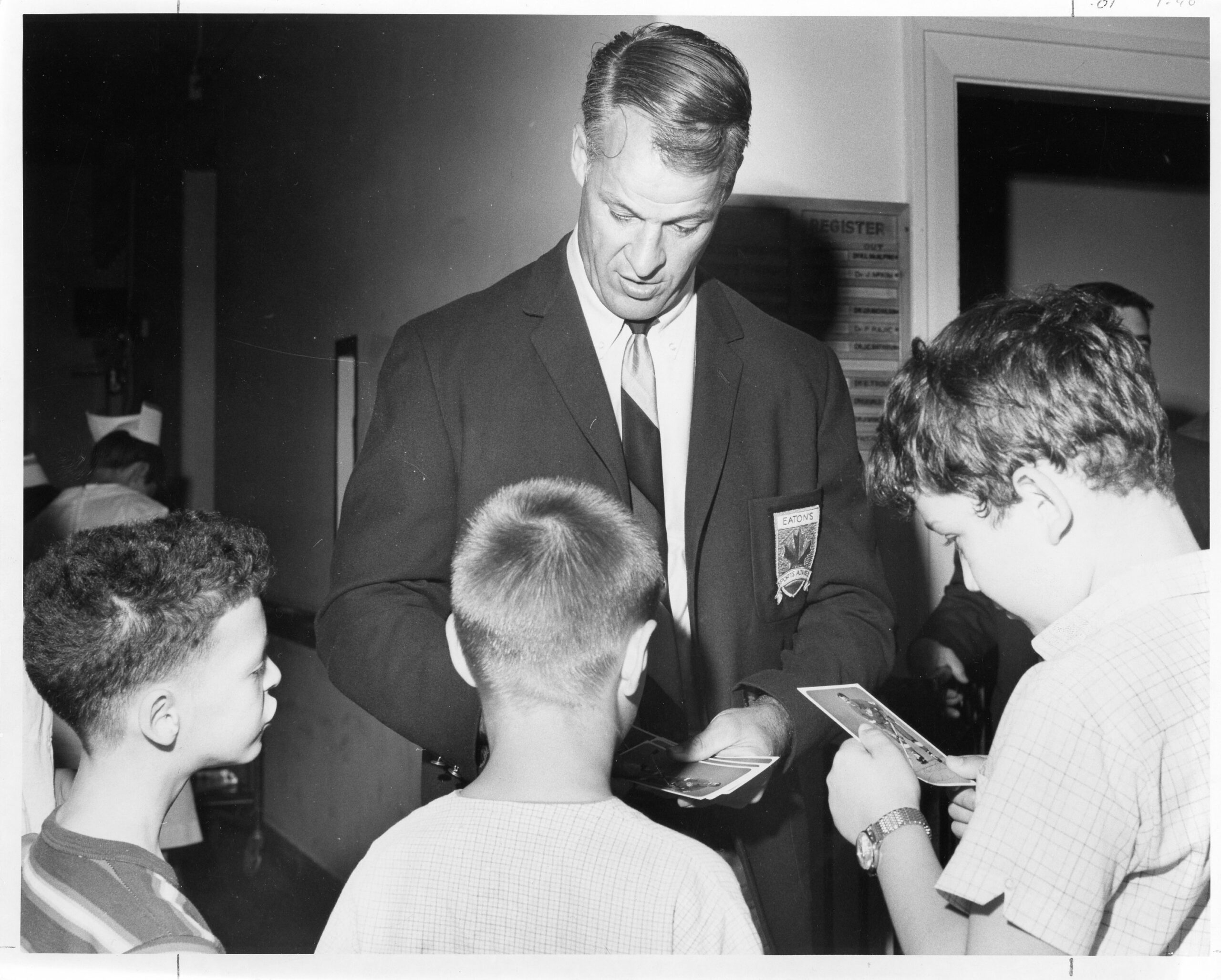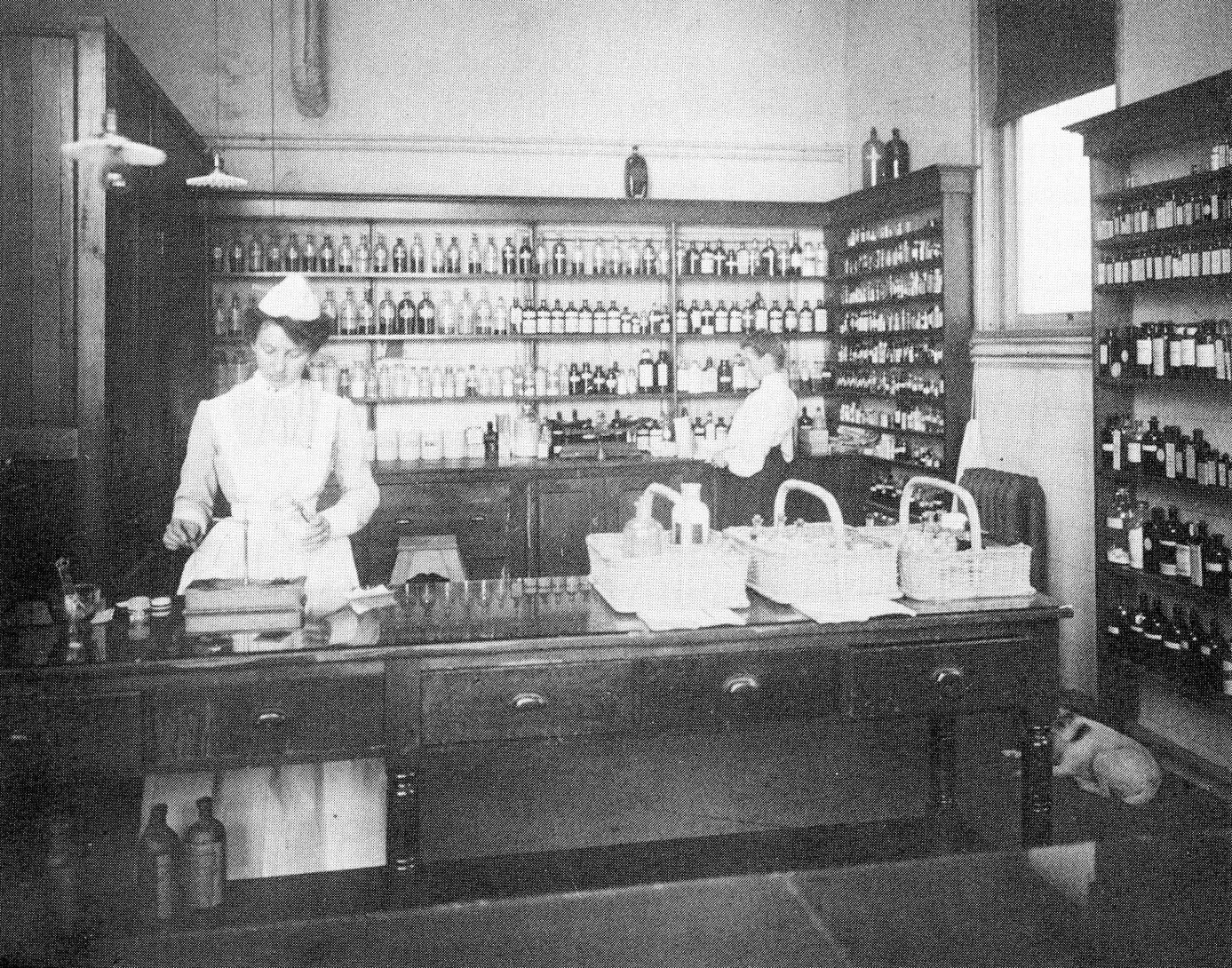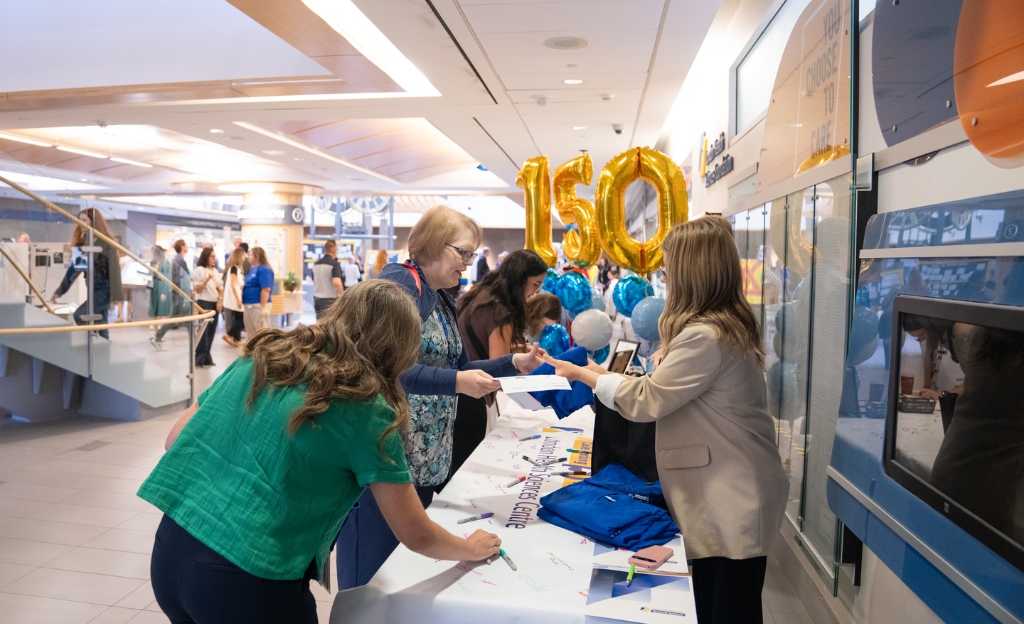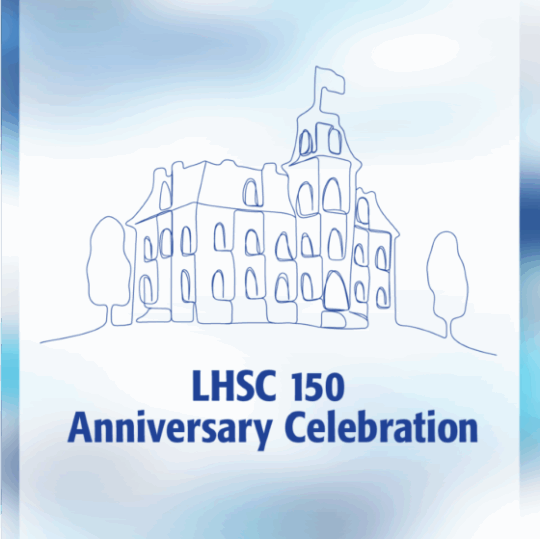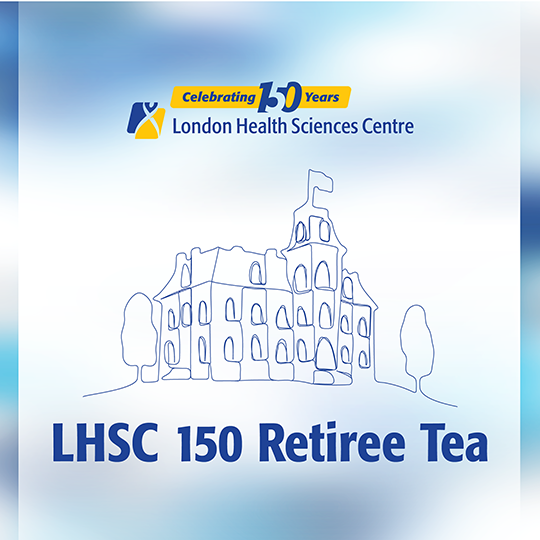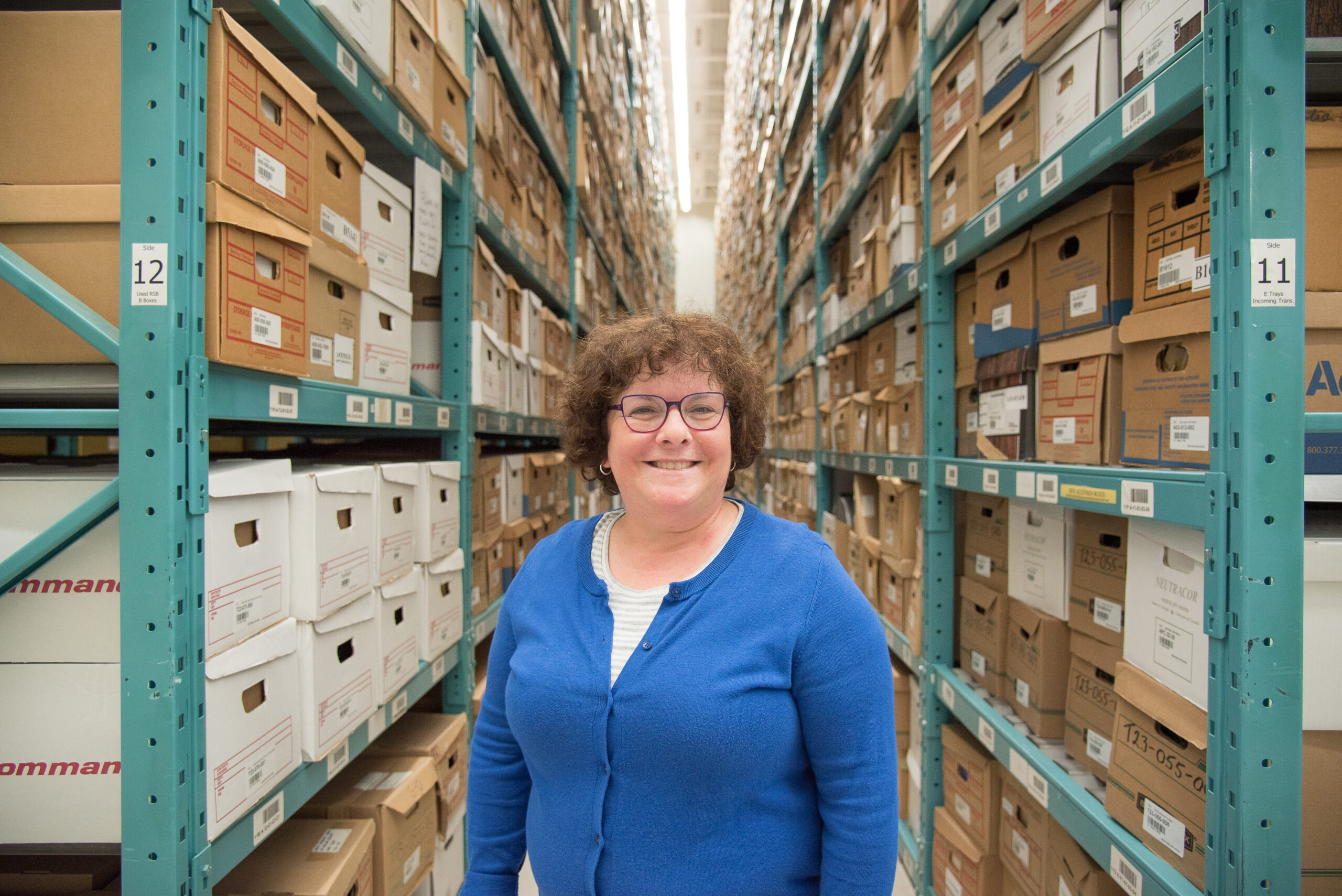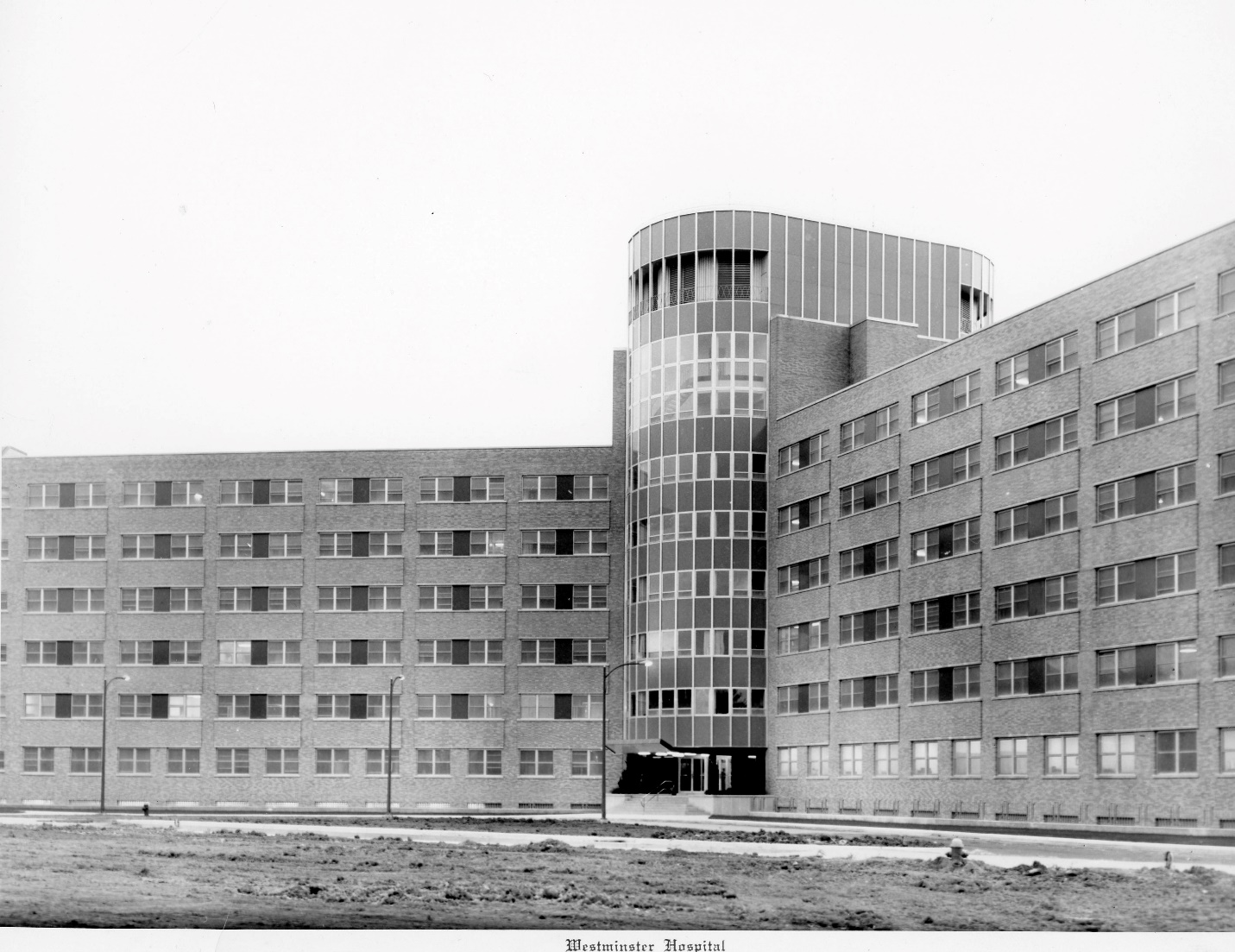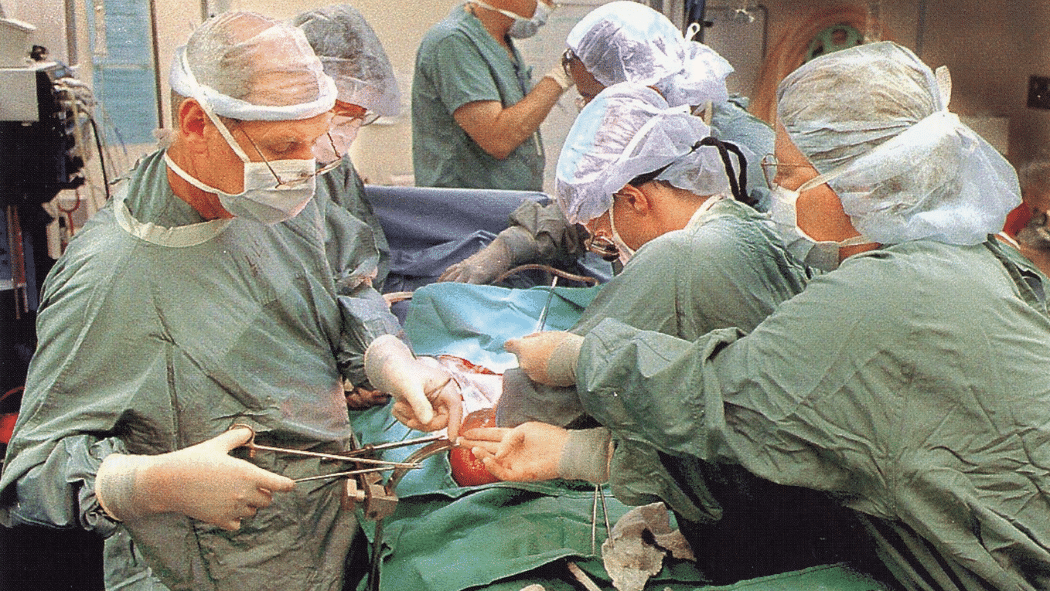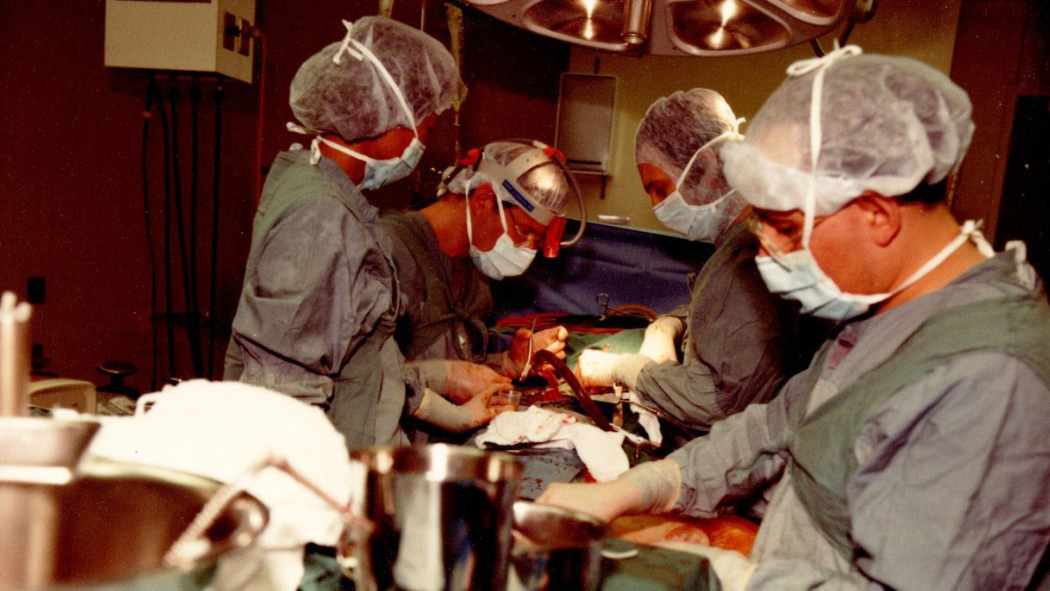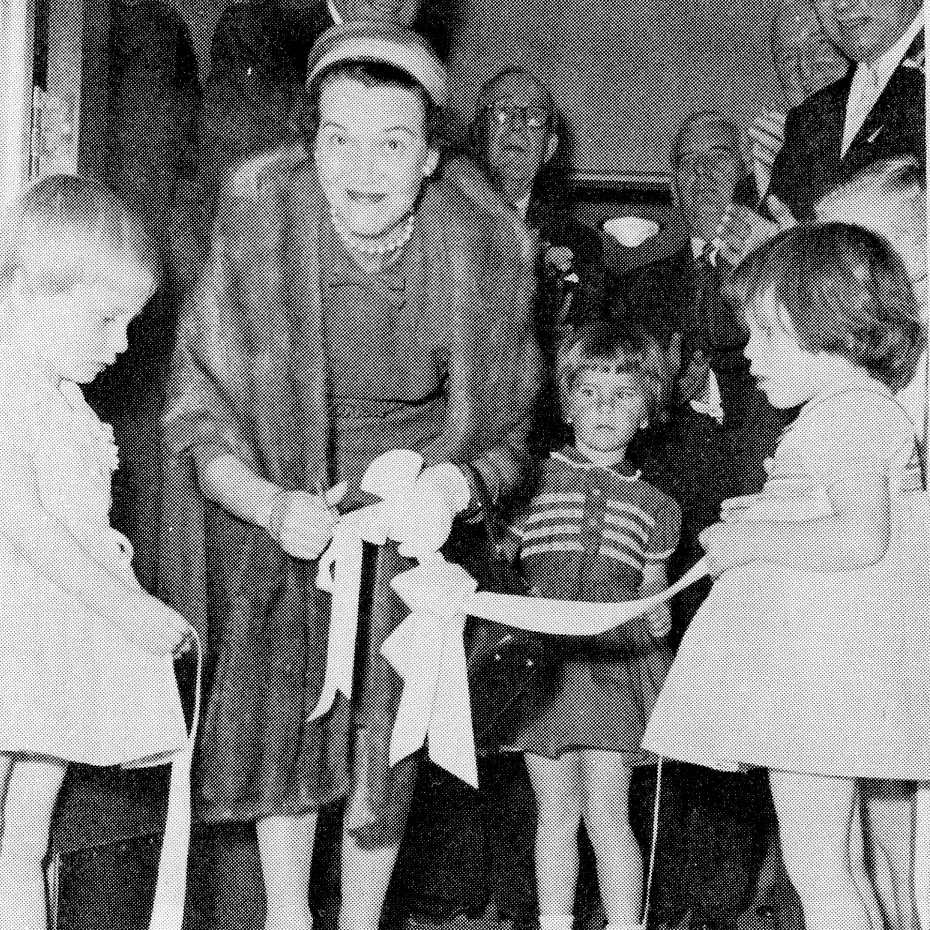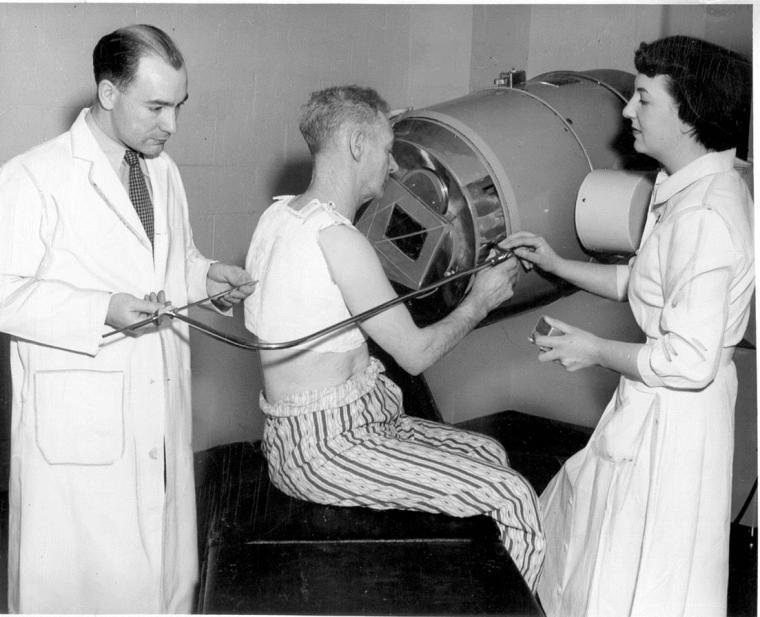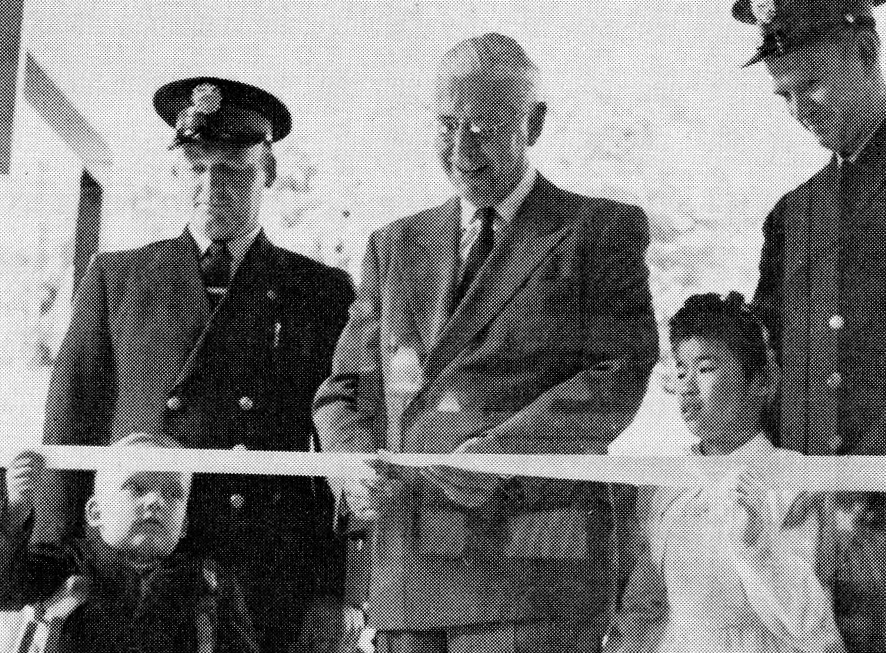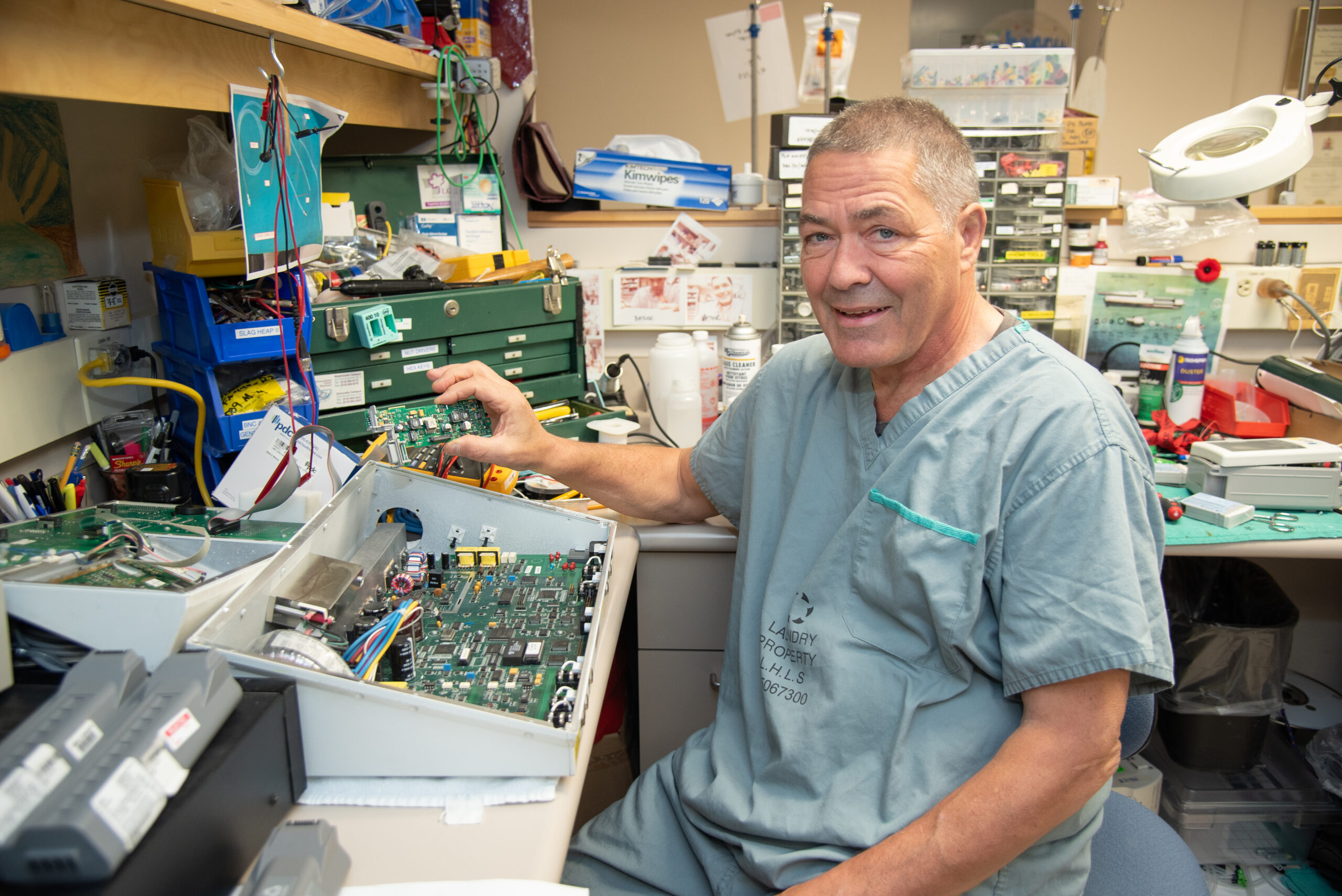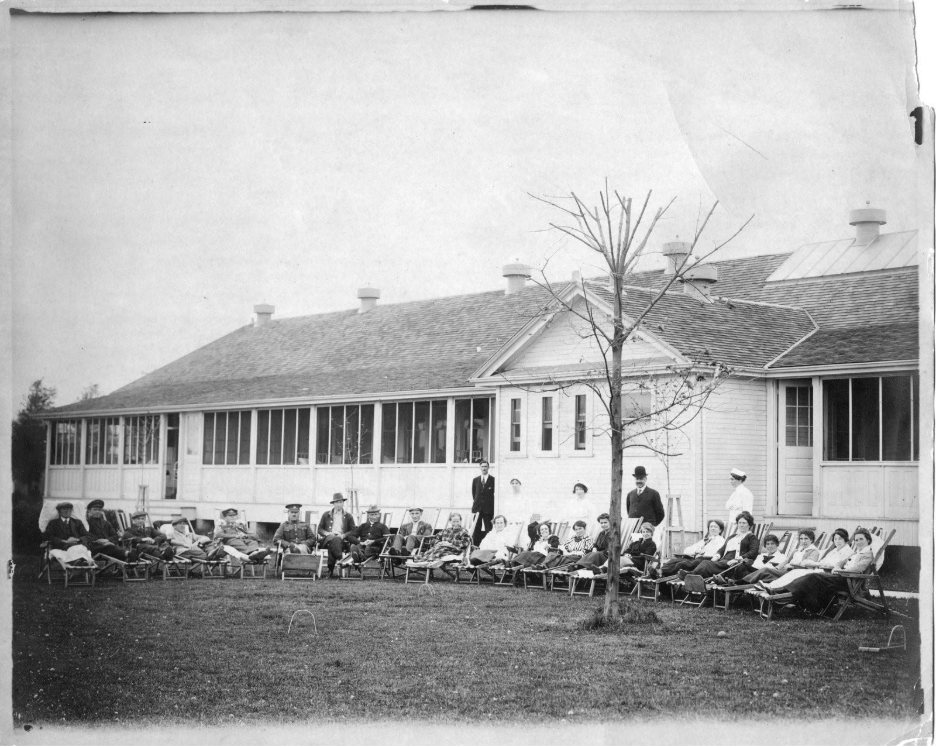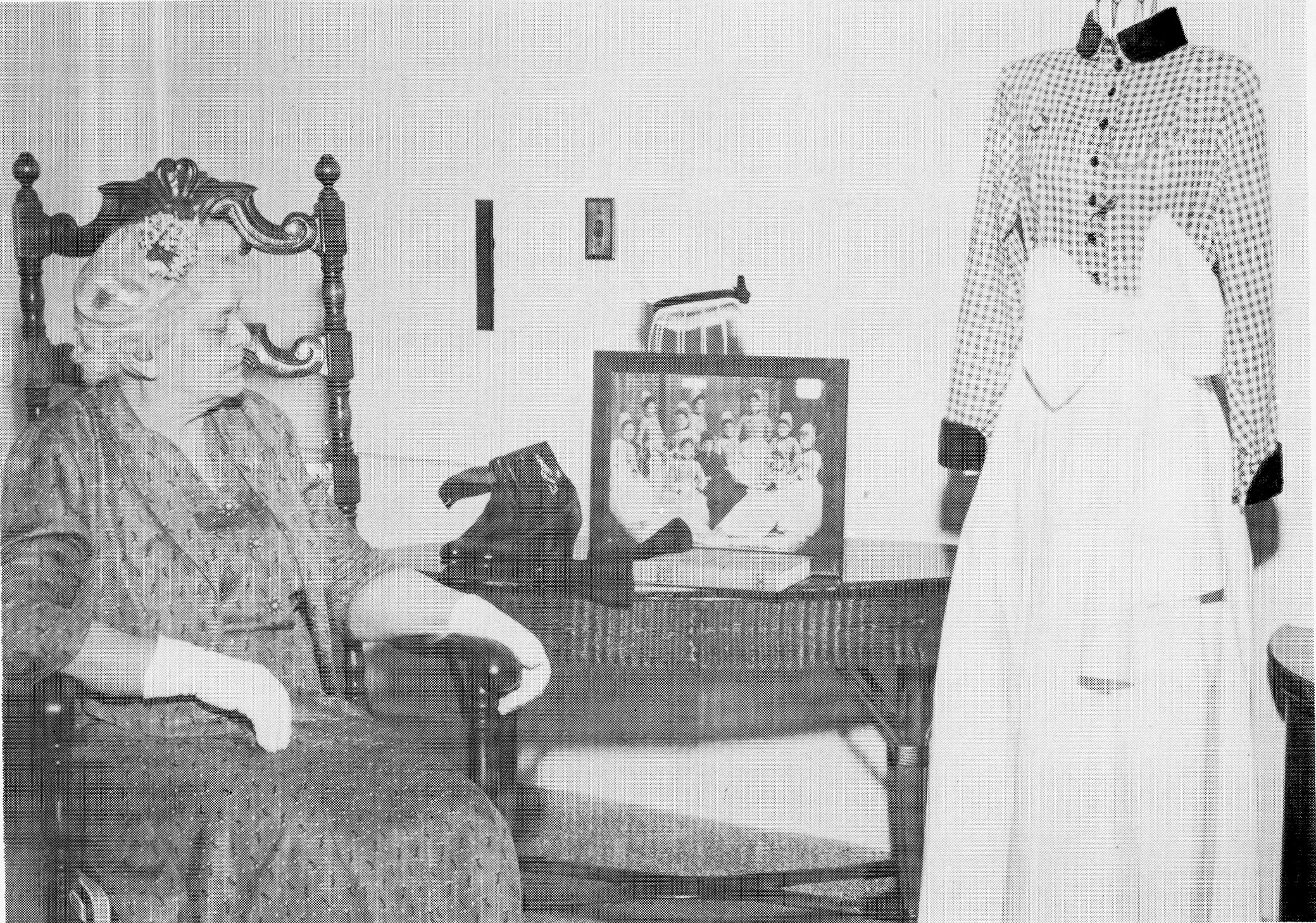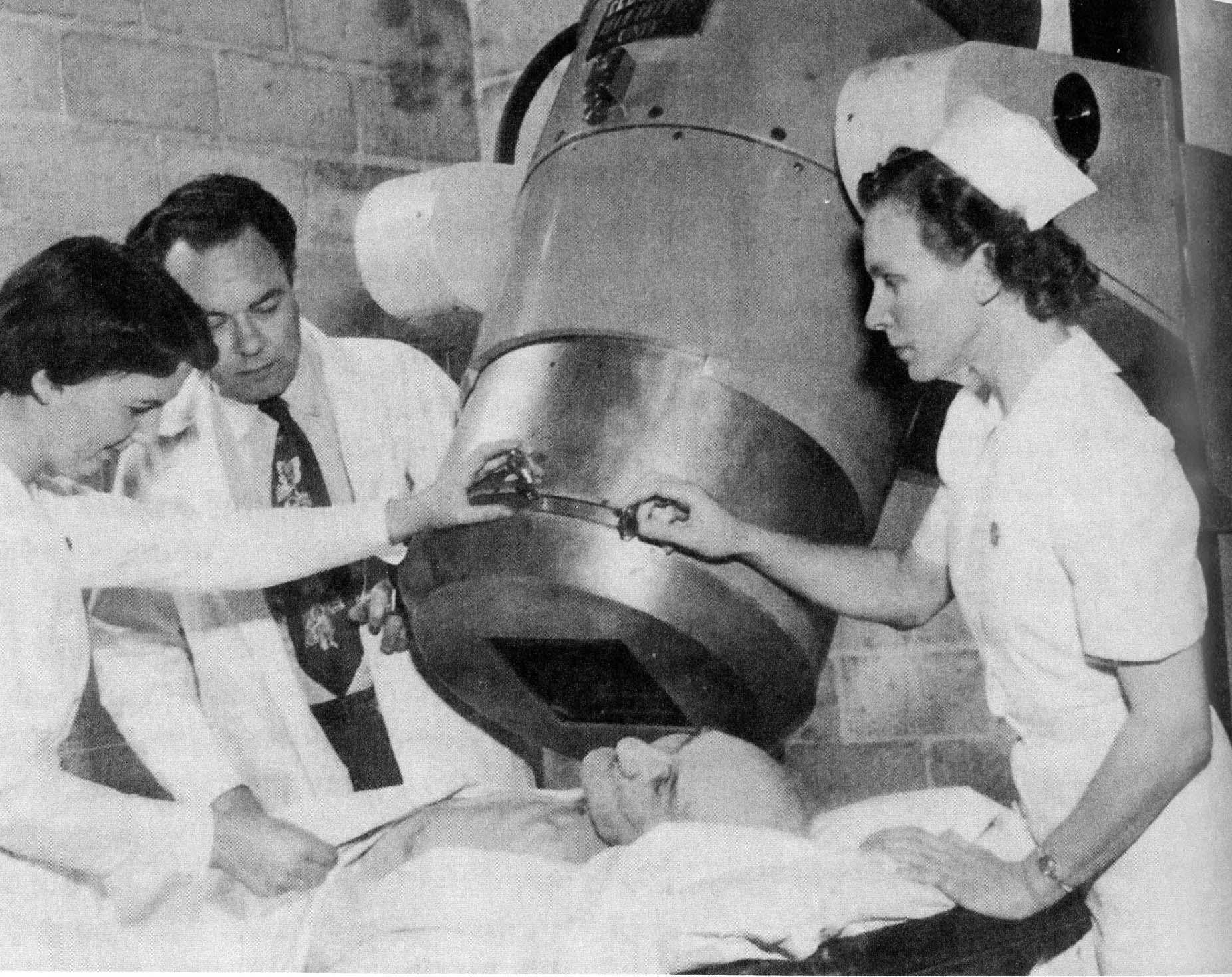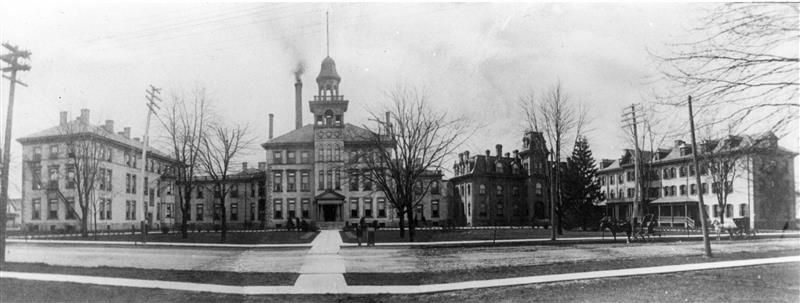Citrus surprise: A juicy discovery at LHSC changed drug safety around the world
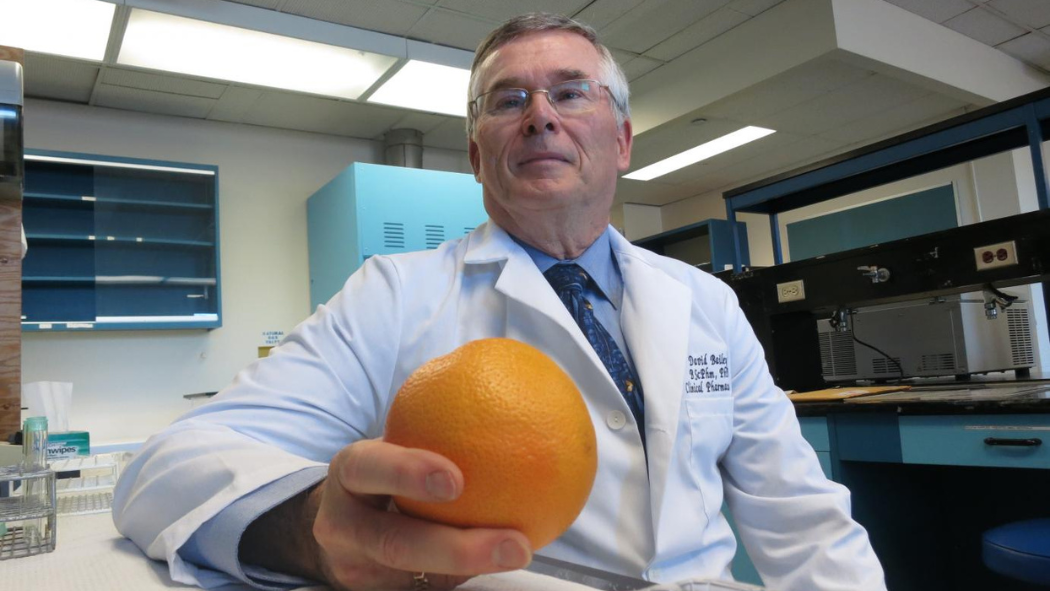
Above: The late Dr. David Bailey holding a grapefruit in 2017
In almost any medicine cabinet, a pill bottle can be found with a warning label advising against the consumption of grapefruit with the medication. But few have probably stopped to think more about the warning or the story behind it.
In 1989, the late Dr. David Bailey, a Pharmacologist and researcher at London Health Sciences Centre (LHSC), was studying the interaction between alcohol and a blood pressure medication called felodipine. He used grapefruit juice to mask the taste of alcohol and by doing so made an accidental discovery. Dr. Bailey noticed that grapefruit juice increased levels of felodipine in the bloodstream. Further research revealed that the juice inhibits an intestinal enzyme that normally helps break down many medications and can lead to toxicity.
Since then, the number of medications that are known to interact with grapefruit has grown to over 85, with many having serious consequences. From psychiatric and cancer medications to heart and pain medications, the number of medications grapefruit interacts with is significant.
The warning on medication bottles about grapefruit interactions can be lifesaving. For example, anti-rejection medications used during organ transplants also interact with grapefruit and can increase levels of these medications in the bloodstream, leading to toxicity. Without the discovery, patients could have faced life-threatening consequences.
A life as unique and inspiring as the discovery
In 2022, Dr. Bailey passed away at age 77 but his impact and legacy live on. His discovery changed prescription medication safety around the world.
Dr. Bailey’s accomplishments do not end there. In 1966, in San Diego, California, Dr. Bailey became the first Canadian to run a mile in less than four minutes. From there, he won the bronze medal in the 1967 Winnipeg Pan American Games and became an Olympian, competing in the men’s 1,500 metres race at the 1968 games in Mexico City.
As LHSC celebrates 150 years of great care, teaching, and research, pioneers like Dr. Bailey come to mind. While a warning label may seem like a routine part of health management, its impact goes far beyond the medicine cabinet. It is a lifesaving discovery.
